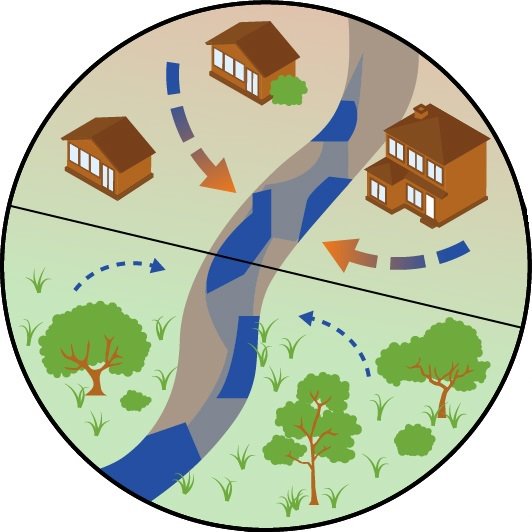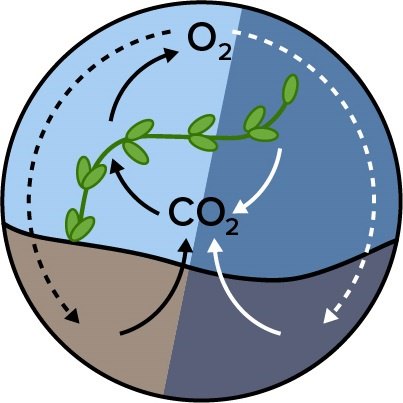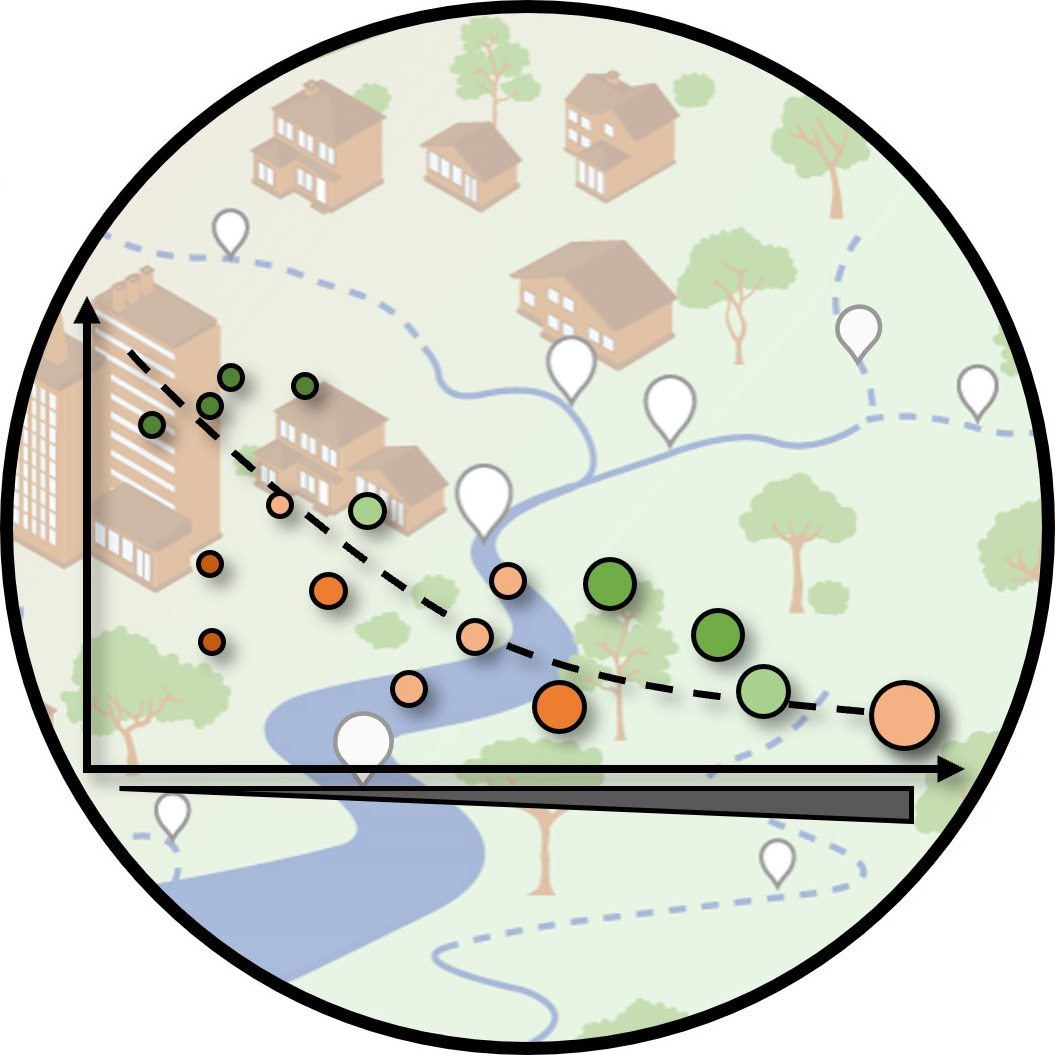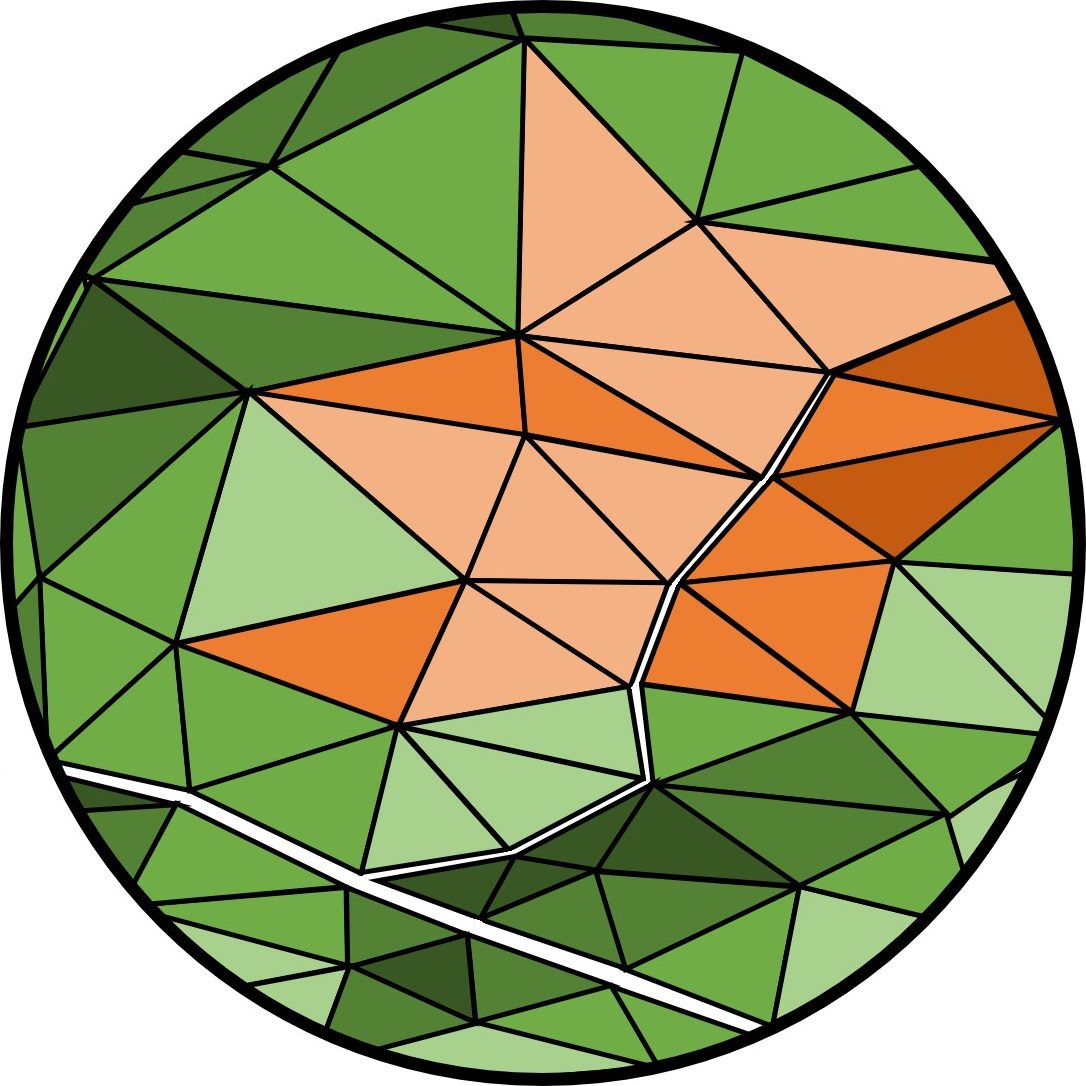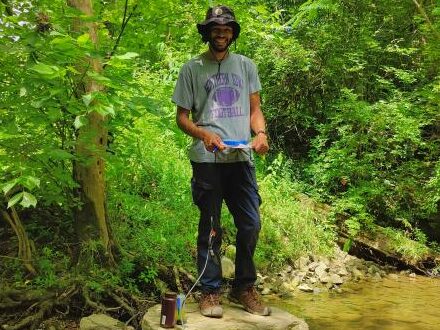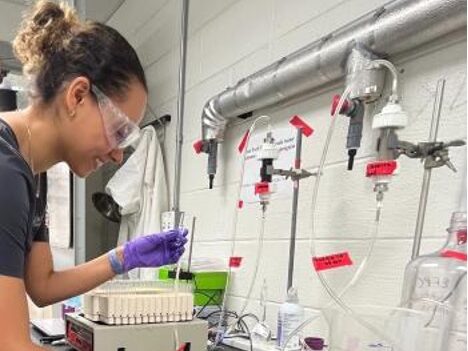The Tennessee River Basin in the southeastern United States is the most intensively used freshwater water resource region in the contiguous United States, supporting approximately 4.5 million people with estimated withdrawals of more than 280,000 gallons per day per square mile.
Water resources in the Tennessee River Basin and broader southeastern region are vulnerable to changes in land use and land cover and a range of environmental disturbances. Projections indicate that the southeastern United States will experience higher temperatures, more extreme heat events, and an intensifying hydrologic cycle with more frequent and severe storm and drought events over time.
To address these changes, the Watershed Dynamics and Evolution (WaDE) Science Focus Area (SFA) at the U.S. Department of Energy’s Oak Ridge National Laboratory (ORNL) will advance predictive understanding of how dominant processes controlling watershed hydro-biogeochemical function operate under a range of hydrologic regimes and vary along stream networks that drain heterogeneous land covers.
